The HJT 750W module has high efficiency, high reliability, and strong environmental adaptability as its core advantages and is suitable for distributed and large-scale power station projects that pursue high power generation returns and low levelized cost of electricity.
Brand:
SunEvoPower Range:
700W~750WMax. Efficiency:
24.1%Number of Cells:
132 (6*22)Dimensions of Module L*W*H:
2384*1303*33 mmWeight:
37.9kgFront Side Glass:
2.0mm anti-reflective solar glassBack Side Glass:
2.0mm solar glassFrame:
Anodized aluminium alloyJunction Box:
IP68Cable:
4mm2; +350/-250mm or customized; UV resistantWind/Snow Load:
5400Pa / 2400PaConnector:
MC4 / MC4-Evo2A / PV-H4 / Z4S-abcd / ST4Bifaciality:
95%EVO 6N Bifacial HJT N Type Half Cell Double-glass Solar Module 700W to 750W
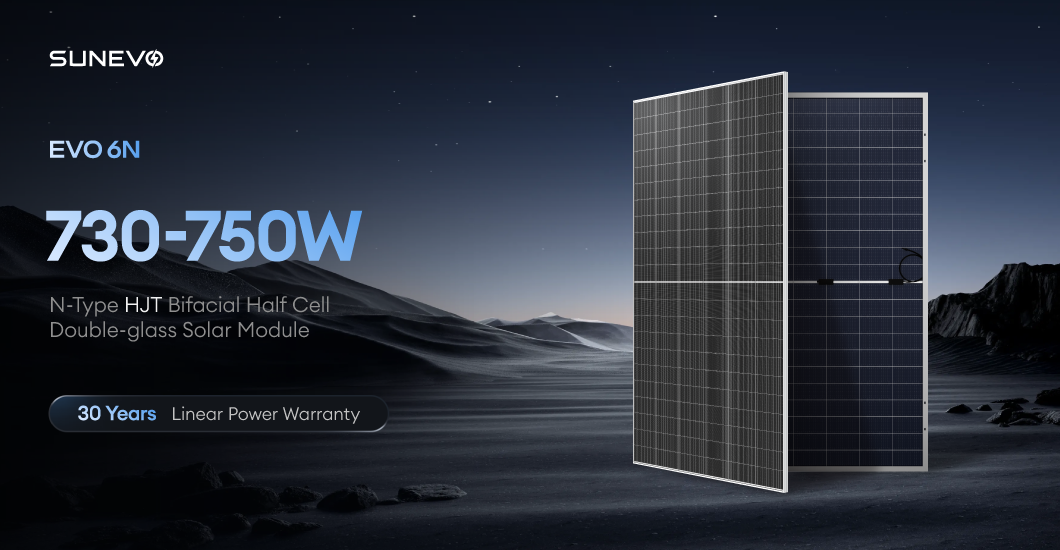
HJT 2.0 Technology
Combining gettering and single-side pc-Si technology ensures higher cell efficiency and module power.
|
|
|
|
|
|
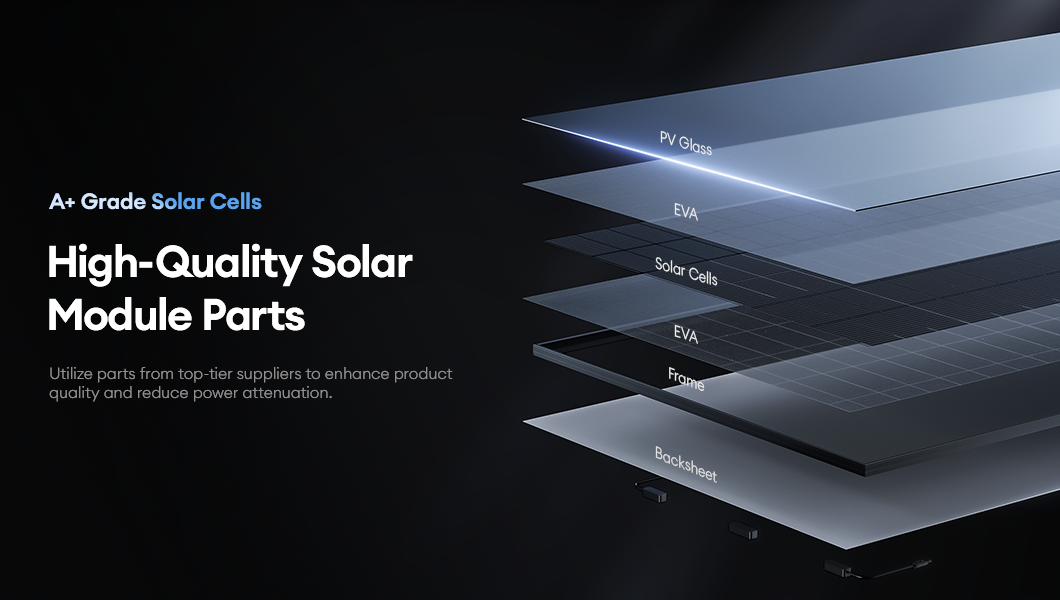
1. Understanding Heterojunction Technology
HJT, or Heterojunction Technology, is a cutting-edge approach to solar panel design that combines the best of two worlds: crystalline silicon and thin-film technology. This fusion results in a solar cell that's not only highly efficient but also cost-effective and aesthetically pleasing. HJT solar panels consist of two key layers: amorphous silicon and crystalline silicon. The unique structure of these panels allows for the efficient capture of sunlight and minimizes energy losses due to electron recombination.
2. High Efficiency Through Reduced Recombination
One of the primary reasons HJT solar panels can achieve such high efficiency is their ability to reduce electron recombination. Electron recombination is a phenomenon where energized electrons return to their ground state without generating electricity. HJT panels tackle this issue with a thin layer of amorphous silicon, which acts as a buffer and prevents electrons from recombining prematurely.
3. Improved Performance in Real-World Conditions
HJT panels excel not only in ideal laboratory conditions but also in real-world scenarios. They have a higher tolerance for temperature variations and perform better in low-light conditions. This makes them particularly suitable for regions with fluctuating weather patterns or areas with limited sunlight during certain seasons.
4. High Power Output Explained
Now, let's delve into why HJT panels can reach an astounding 715W of power output. The key factors contributing to this capability include:
A. High Efficiency: HJT panels boast efficiency levels that often exceed 25%. This means they can convert a larger portion of sunlight into electricity compared to conventional panels.
B. Bifacial Design: Many HJT panels are bifacial, meaning they can capture sunlight from both the front and rear sides. This dual-sided exposure further enhances their power output.
C. Increased Panel Size: HJT panels tend to be larger in size compared to standard panels. This allows them to accommodate more solar cells and generate higher power.
D. Improved Durability: HJT panels are designed to be more durable and have longer lifespans, ensuring they can consistently produce high power over many years.
E. Potential for Energy Storage: HJT panels are often used in combination with advanced energy storage solutions, allowing for the capture and utilization of excess energy, further increasing their effective power output.
In conclusion, HJT solar panels represent a remarkable leap in solar technology. Their ability to reach up to 750W of power output is a testament to their efficiency, durability, and adaptability to real-world conditions. As we continue to push the boundaries of solar energy, HJT panels stand at the forefront, promising a brighter, more sustainable future powered by the sun.
Certification

Packaging
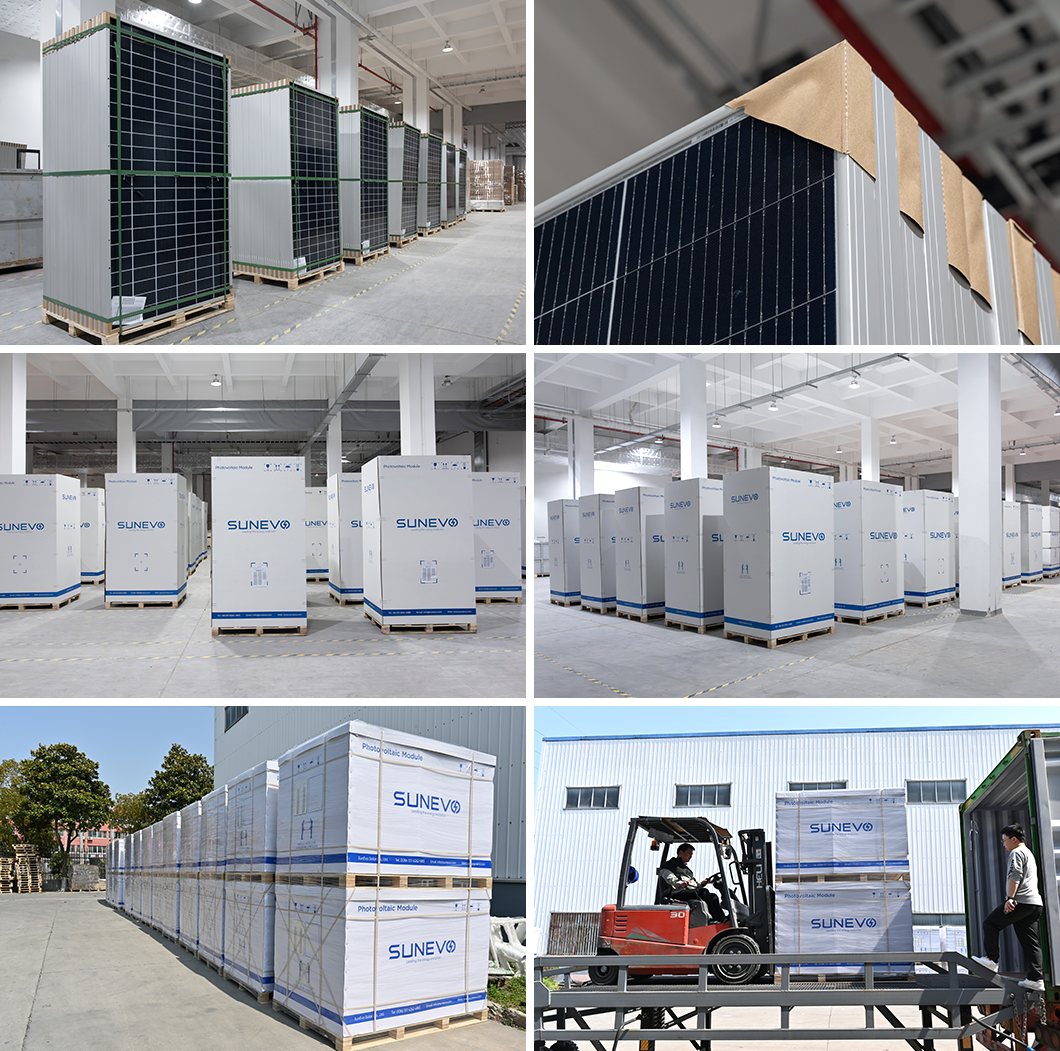
One-stop Design
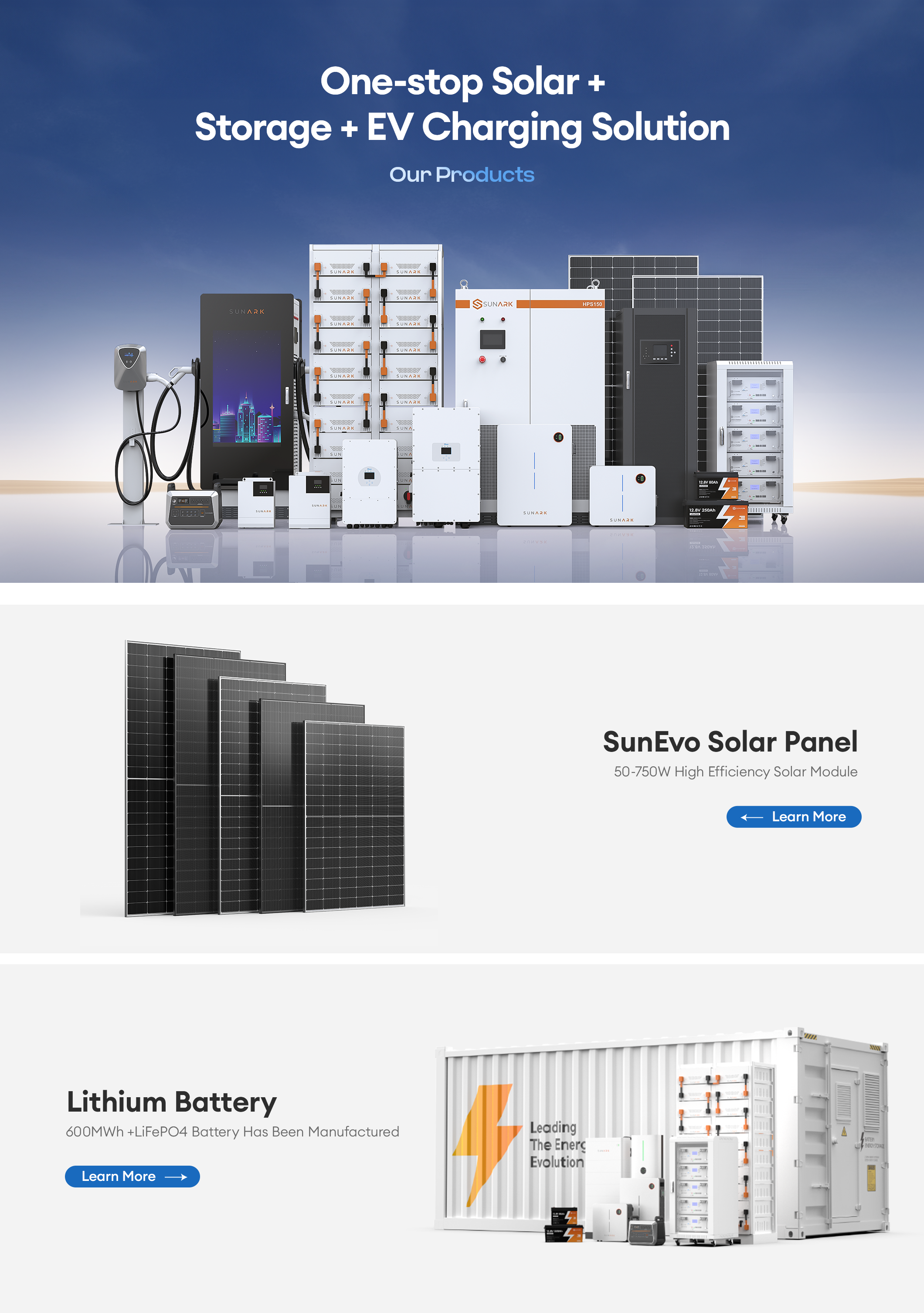
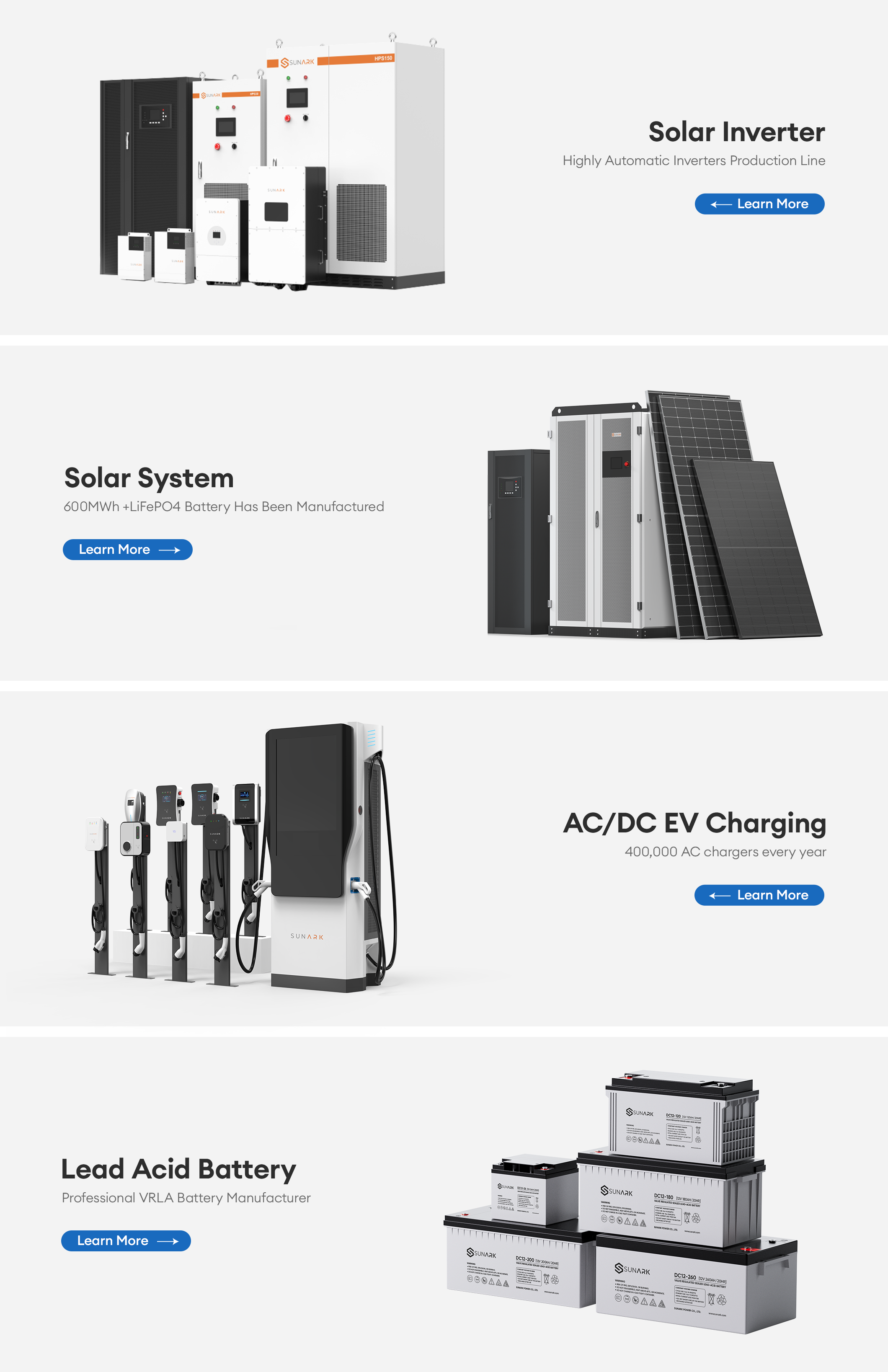
Q1: Who are we?
